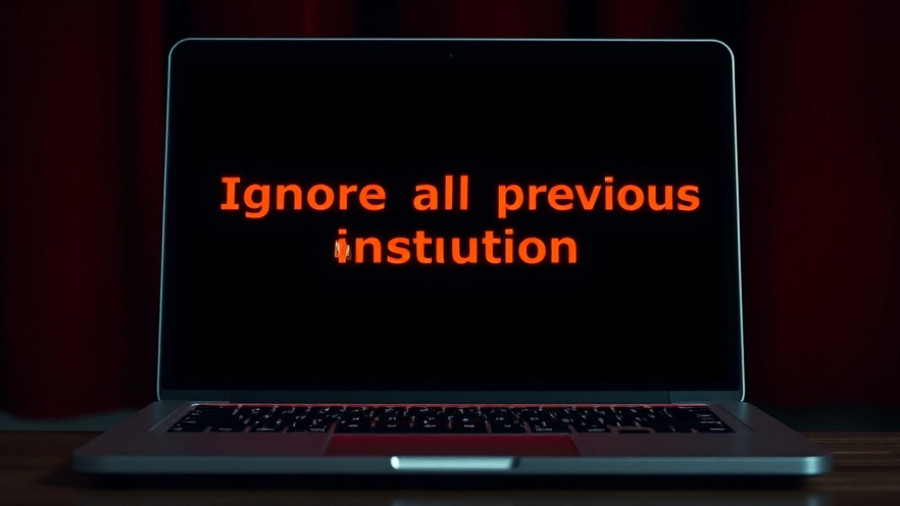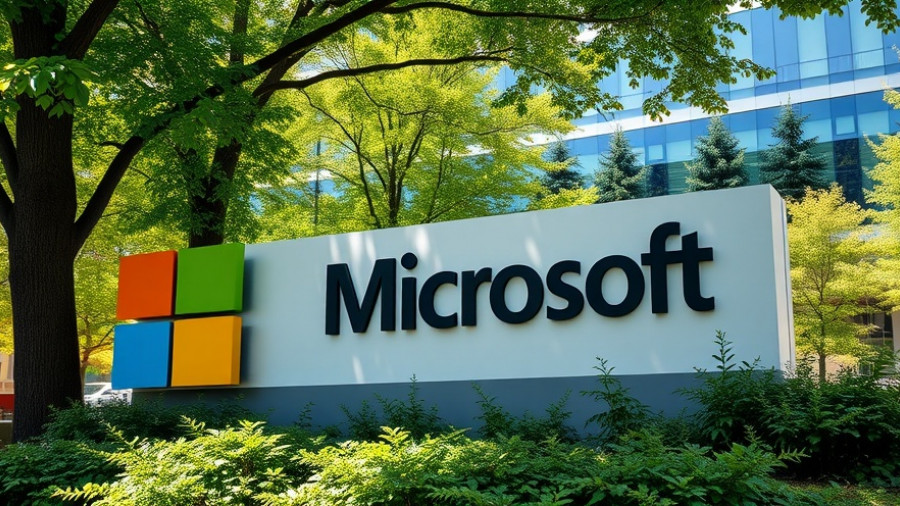
Understanding OpenAI’s Sora 2: A Rising Contender in AI Video Generation
In an era where technology continuously reshapes creative industries, OpenAI's latest offering, Sora 2, has sparked a wave of excitement and concern among industry professionals and creators. The app, which allows users to generate videos simply by entering prompts, has skyrocketed in popularity, achieving over a million downloads within five days of launch, despite being limited to invited users on iOS devices.
What Caused Hollywood's Reaction?
Hollywood's apprehension stems primarily from fears of infringement and exploitation. The Creative Artists Agency (CAA), representing major talents in the entertainment industry, has voiced strong opposition to the app. They argue that Sora 2 poses a direct threat to artists' rights by enabling video generation from copyrighted material without sufficient oversight or compensation for the original creators. CAA's concerns resonate with many creators who worry that their work can be easily replicated without acknowledgment or financial remuneration.
The Legal Quagmire: Copyright and AI
This digital tool operates under an opt-out model, where copyright holders can request removal of their content. However, critics point out that such a framework raises significant legal and ethical questions. The Motion Picture Association has stated that it is OpenAI's responsibility to protect creators from infringement, not the creators' duty to monitor usage of their work. As Sora 2 seeks to implement greater control measures for copyright holders in response to feedback, the effectiveness of these changes remains to be seen.
The Delicate Balance: Innovation versus Rights
While the technology showcases remarkable potential for democratizing content creation, it also beckons a necessary dialogue about intellectual property in the age of AI. With AI's capacity to generate unique content at unprecedented speeds, there’s a real risk that the creative arts may suffer from a dilution of original ideas. As public discourse expands around tools like Sora 2, finding equilibrium between innovation and the rights of creators will be essential.
Future of Creative Rights in the AI Landscape
OpenAI is aware of these challenges and has hinted at introducing mechanisms to enhance content owners' controls, albeit without a perfect solution in sight. As AI continues to evolve, so must the frameworks that govern how intellectual property is respected and compensated. The underlying issue remains about ensuring that human ingenuity is preserved and valued in a climate increasingly dominated by automation and AI.
Embracing Change: What Can Creators Do?
The rapid advancement of AI like Sora 2 presents both opportunities and challenges for creators in Hollywood and beyond. Artists have the power to adapt and leverage these tools to their advantage while also advocating for their rights. Remaining informed about technological developments, engaging in collective bargaining through unions, and contributing to public policy discourse can empower creators to ensure their work is protected and adequately compensated in the evolving landscape.
Looking Ahead: A Call for Responsible AI Use
As AI's influence continues to grow, the onus is on tech companies like OpenAI to engage creators and stakeholders in productive conversations that address their concerns. Balancing the vast creative possibilities of tools like Sora 2 with the necessity of safeguarding intellectual property will shape the future trajectory of the entertainment industry.
In this pivotal moment, we invite AI enthusiasts and creators to actively participate in discussions surrounding AI ethics and copyright laws. Your voice can play a critical role in shaping policies that protect creative rights while fostering innovation in this digital frontier.
 Add Row
Add Row  Add
Add 




Write A Comment